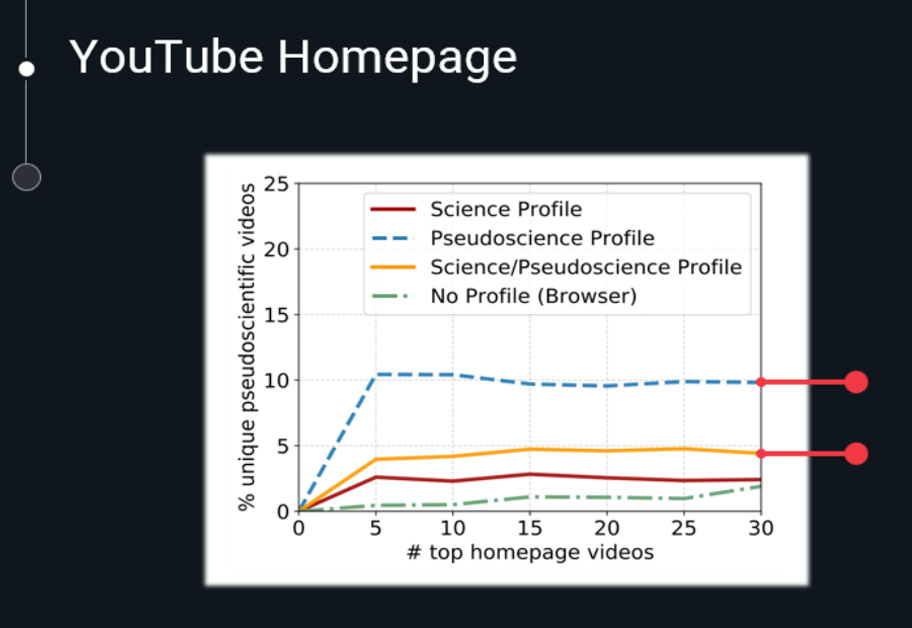Recent events have demonstrated that disinformation spread through social networks can have dire political, economic, and social consequences. Detecting disinformation must inevitably rely on the structure of the network, on users’ particularities, and on event occurrence patterns.
In our study with the title “A Unified Graph-Based Approach to Disinformation Detection using Contextual and Semantic Relations” (https://arxiv.org/abs/2109.11781), we present a graph data structure, which we denote as a meta-graph, that combines underlying users’ relational event information, as well as semantic and topical modeling. We detail the construction of an example meta-graph using Twitter data covering the 2016 US election campaign. Then, we compare the detection of disinformation at the cascade level – using well-known graph neural network algorithms – with the detection accuracy when the same algorithms are applied to the meta-graph nodes only.
The comparison shows a consistent 3%–4% improvement in accuracy over all considered algorithms when using the meta-graph, compared to basic cascade classification, and a further 1% increase when topic modeling and sentiment analysis are considered. We carry out the same experiment with consistent results on two other datasets, HealthRelease and HealthStory, part of the FakeHealth dataset repository. Finally, we discuss further advantages of our approach, such as the ability to augment the graph structure using external data sources, the ease with which multiple meta-graphs can be combined, and a comparison of our method to other graph-based disinformation detection frameworks.
Funding from:
CONCORDIA project (Grant Agreement No. 830927)
INCOGNITO project (Grant Agreement No. 824015)
TV-HGGs project (OPPORTUNITY/0916/ERCCoG/0003)





